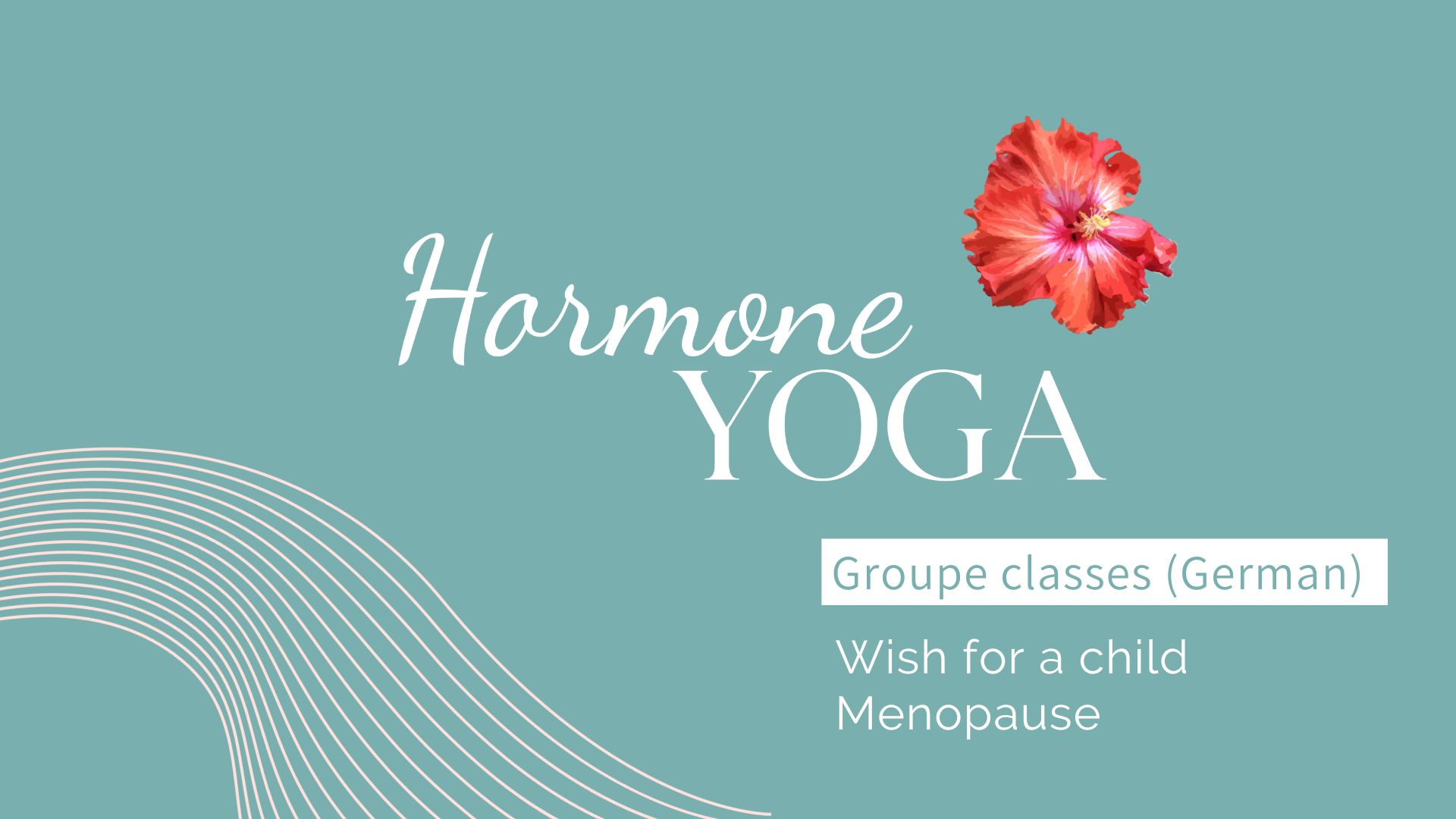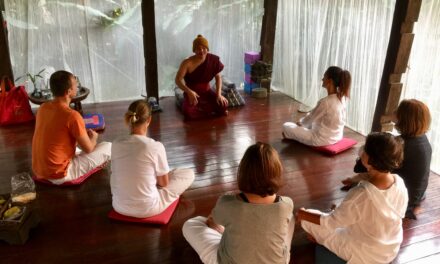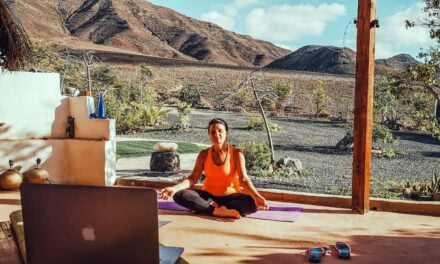What makes a yoga class really good?
A really good yoga class is very personal. It is very much shaped by the yoga teacher, but also by the environment, the group and one’s own state of mind.
Here are the ingredients that I believe are important for a yoga class to be enjoyable. This article is part of the blogparade «Was ist dir wichtig an einem Yogakurs».
Charisma of the yoga teacher
I actually don’t like the word yoga teacher. The point is not to transmit knowledge, but to take the yoga students on a journey, asMarietta Fritz has beautifully described in her article. Yoga instructor would be more appropriate. He/she invites to a path whose direction is often decided spontaneously.
Even if a theme, a yoga style, a level of difficulty is given, ultimately the personality of the yoga teacher gives the class its colour and intensity. It shapes the moment experienced and remains in the memory. I will always remember Timur and Enio, how I overcame myself thanks to their energy in Ashtanga yoga. Carmen, how deep from her heart she has integrated the wisdom of Integral Yoga into life. Uta when she led with a gentle voice in vigorous poses of Svastha yoga. Nitya with her slender body and an all embracing calmness in Hatha Yoga. Susana, when she makes the women twirl around in Dance Yoga with shining eyes.
Authentic yoga teacher
A friend told me how she did a trial class with a yoga teacher who tried to recreate an Indian vibe. She lit candles in spite of the burning sun and beat the singing bowl without end (dixit my friend). The mood she was looking for had not emerged.
The voice creates the mood. The teacher’s inner attitude. Speaking from experience and conviction.
The yoga teacher does not have to try to represent a genre. He/she must be himself/herself. Even if the class does not end with Ohm and Mantra, it may end with a joke and laughter and has lost nothing of its value.
After all, yoga is ultimately about transmitting happiness and joy in the here and now. These are feelings that can be achieved through meditation and candlelight, but also through movement, being together and dialogue.
The class is adapted to the environment
With music or without, both can fit, but not always. I was in a class in Bali in a wonderful yoga shala surrounded by jungle. The young yoga teacher arrived in her radiant outfit and with the pre-programmed yoga music for the whole class. I would have given anything just to listen to the birds chirping and the monkeys roaming nearby.
Tools like blocks are great, but tend to be discouraging in online yoga, as participants are often not equipped at home.

The attention of yoga teachers
I love it when the yoga teacher comes to me and corrects or deepens my pose, or at least talks to me. Every single participant is noticed and involved, that is the strength of the experienced yoga teachers.
Taking part in a yoga class is a way for me to be guided in the practice, but also to improve myself, to make human contact, to exist as an individual.
Relaxation is guided
As much as I liked Timor, the Ashtanga teacher in my early days, in retrospect I understand why I often fell asleep in the relaxation at the end of the class, the Shavasana, or thought about what I would cook tonight. The instruction was: lie down and relax. He dimmed the lights and waited for us one floor further down to say goodbye with a cup of tea.
It’s so great to be guided while relaxing, to go on an inner journey and then perhaps take off in your own mind and sail on.
Conclusion
A yoga class lives and dies with the yoga teacher. His/her personality shapes the lesson, the energy, the vibration, and can be wonderful even if the class takes place in a basement without windows or candles. It will resonate in the body and mind of the participants for a long time.







